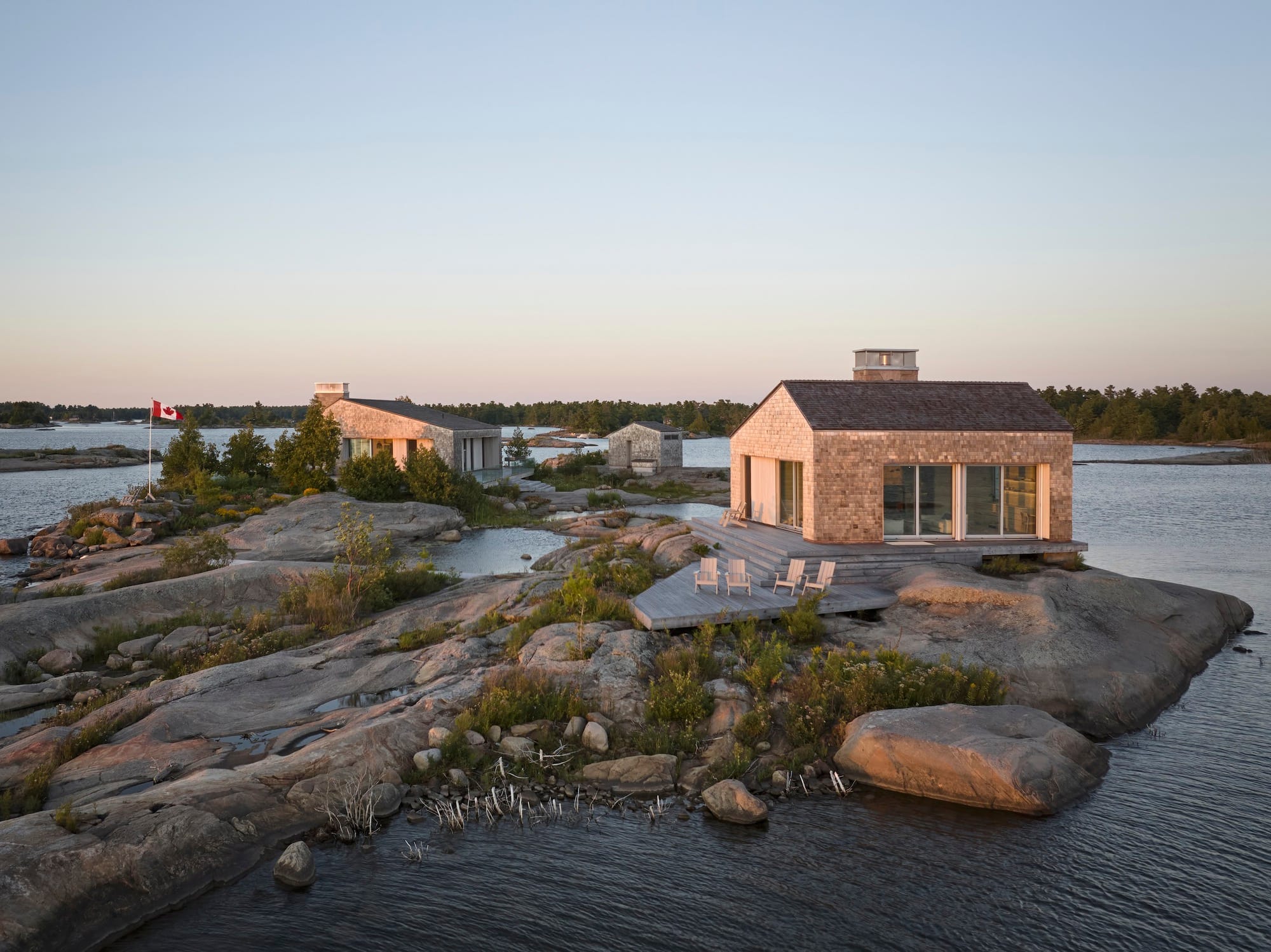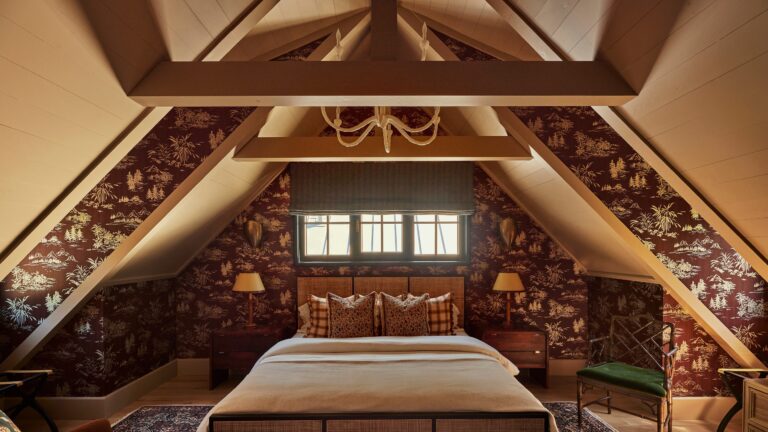Canada’s Wilderness Retreats: Exploring The Nation’s Tradition of Nature-Bound Cabins

In Canada, the tradition of owning a secondary home in the countryside is a deeply rooted aspect of the national culture. In Ontario and parts of the Maritimes, these nature-surrounded secondary homes are often called “cottages”. In British Columbia, Alberta, and Saskatchewan, the term “cabin” is more common, while in Quebec, they are known as “chalets.” Regardless of what they are called, these rural retreats offer Canadians an escape from urban life, a place to gather with friends and family, reconnect with nature and enjoy outdoor activities throughout the year.





From lakes and rivers nestled among forests in Ontario and Quebec to the mountain ranges in British Columbia, Canada offers a variety of landscapes that serve both as inspiration and a challenge to designers. This range of natural settings allows architects to explore and implement different strategies and techniques tailored to each environment. For example, structures might be elevated on stilts to preserve the natural terrain allowing minimal disruption. Orienting buildings to maximize views and natural light is another very common practice, with many architects emphasizing sustainable strategies like passive heating and cooling to suit remote or resource-limited areas. The combination of these characteristics allows the projects to harmonize with their surroundings and offer spaces that interact with their immediate context.
Read on to discover 27 projects across Canada, grouped into distinct settings like mountainous regions, lakeside, and other landscapes.
Related Article
Innovative Ski Cabins in Iceland: Award-Winning Designs from Buildner’s International Competition
Mountains and Forests
The mountain and forest landscapes in Canada are marked by rugged terrains and dense vegetation. In this section, we see many cabins that adapt to the rocky terrain by using stilts, with sloped roofs to prevent the accumulation of snow in the winter. The simple volumes make use of warm tones and materials to blend into the forest and integrate with the landscape.
Saltbox Passive House / Atelier l’Abri

Float House / Omar Gandhi Architect

Rabbit Snare Gorge / Omar Gandhi Architect + Design Base 8

Kanata Cabin / Atelier l’Abri

Pole House / DIN Projects

White Rock House / Omar Gandhi Architect

Chalet Papillon / RobitailleCurtis

Territoire Charlevoix Cabin / Atelier l’Abri

Poisson Blanc Chalet / NatureHumaine

Bunkie on the Hill Residence / Dubbeldam Architecture + Design

Lakes and Rivers
Canada is the country with the most lakes in the world, with a count of over 800,000. This makes the lake chalet the most common typology in this round-up. In some cases, the cabins are just overlooking the lake from the top of a cliff and in others, they are designed to float on the water. In addition, the abundance of lakes also means there is a great number of private islands. Such is the case of Whistling Wind Island by akb Architects which offers an interesting case study on how to adapt a property to a terrain broken into several plots separated by water.
Floating House / MOS Architects

Chalet A / Matière Première Architecture

Whistling Wind Island / Akb Architects

Farouche Tremblant / Atelier l’Abri

Des Forges Residence / Bourgeois Lechasseur architectes

Bridge Studio / Saunders Architecture

Sunset Cabin / Taylor Smyth Architects

Boundary Point Cabin / Bohlin Cywinski Jackson + Miller Mottola Calabro

House in Saint-Simeon / Architecture Casa

Hills and Prairies
Canada is not just mountains and rivers, there is a lot of its territory which is covered in gently rolling hills. This section showcases three projects from Quebec, Nova Scotia, and Ontario. Not prairies in the ecological sense, these regions do offer grassy and open areas that allow for contrast against the backdrop of the surroundings. In this way, the designers were able to achieve sculptural-looking houses with relatively simple volumes.
House on Limekiln Line / Studio Moffitt

Enough House / MacKay-Lyons Sweetapple Architects

High House / DELORDINAIRE

Coast
Most of the projects in this section are located in the Maritime Provinces. These houses approach the landscape with respect using stilts to avoid cutting through the rock. The environment makes it easy for designs to stand out against the dramatic nature by using light colors or blend with it using darker tones. The cabins also showcase flatter roofs and big windows that take the most advantage of the ocean views.
Squish Studio / Saunders Architecture

Cliff House / Mackay-Lyons Sweetapple Architects

Fogo Island Long Studio / Saunders Architecture

Two Hulls / Mackay-Lyons Sweetapple Architects

Tower Studio / Saunders Architecture








